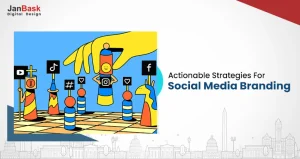
Out of many reasons, the one reason why people buy from brands is somewhere they trust them and see them as authoritative figures. When you as a brand establish consistent credibility over different marketing touchpoints, the audience ends up valuing you and your offerings at any cost.
For any local seller to a majorly recognized overseas brand, building a successful brand name should be in their priority list. For carving a trust-seeking brand name, social media networks are the best tools to explore.
Social Media is an excellent starting point for every business to patronage customers' opinions, their concerns, and serve them the brand value they always anticipated.
According to different studies, 80% of customers are more likely to explore products of a brand that they follow over social media.
So…
Do you want to try new and refreshing things over social media platforms to skyrocket your brand awareness? Yes? Then continue reading because just after this, you will find the 10 powerful branding awareness strategies that will build your brand and fill your pocket with great returns.
Having a fail-proof branding strategy is a must for today’s brand to “up” their social media game. Thus, here we are sharing the 10 tips which your brand can follow to create powerful social branding strategies.
Do you have a common thread with which people can recognize you out in the crowd across different social media handles?
Just like how when imagining Coca-cola’s brand, the red color with white beautiful calligraphy popups in our head, you too need to work on the brand’s basic elements like logo, color palette, bio, and handle names from which you want to be recognized and perceived as.
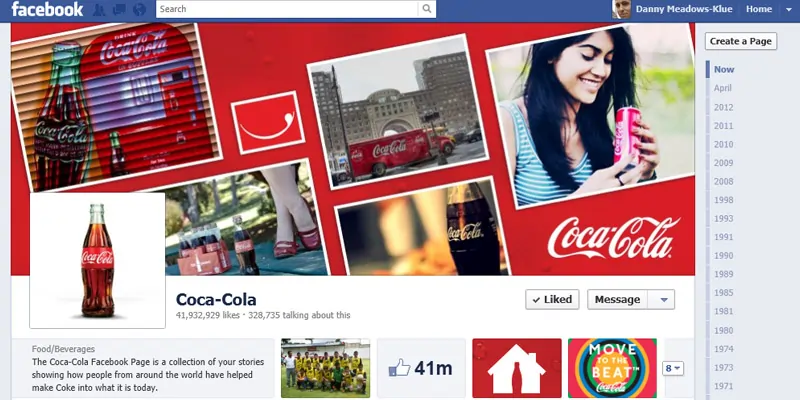
Before setting up your social media handles, ensure you have these elements handy.
However, due to some photo size restrictions and the audience’s specific needs, the brand often slightly variates their logo styling according to different networks. You can do it too. But avoid going overboard, place a consistent theme at all networks to give a common thread to the audience with which they can recognize your brand.
They say - be on social media, but which one, that no one actually tells you about. It is not the right move to be on every social media as not all social media networks are created equal.
You have to do some searching and analyze the platforms that align with your brand building needs. Look for each social media audience’s demographics and match with your target audience’s demographics and then decide.

And during the process, interrogate your team around things like-
If you are already on every social media platform, check your metrics on how your brand name is reaching to each platform’s audience.
Congrats now you have traced out the media platforms that you need to be on. But wait, don’t post that same image or content or type of post on Facebook, which you posted on Twitter just hours ago, just don’t. And there is a great reason for that...
“As per Google Web Index, the average person has 554 different social media accounts (that’s huge!). Do you think your audience would want to view the same content or posts over their 500ish accounts?”
Each social media has a different audience and mood to it. And the audience on every social media doesn’t want to see the same set of content everywhere popping up. Here are the types of content which experts suggest you should post on these popular platforms.

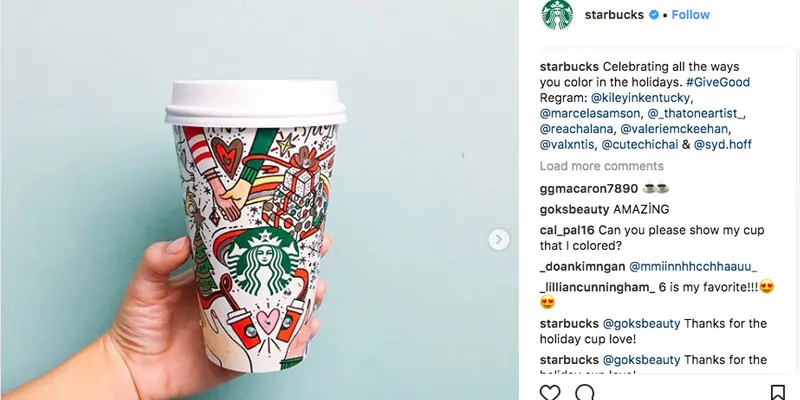

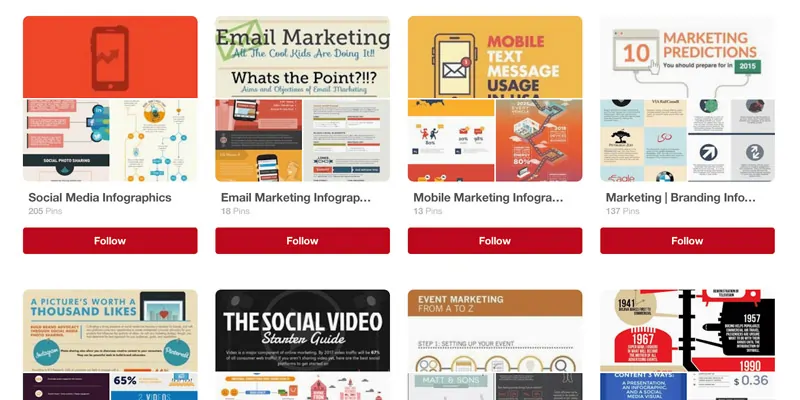
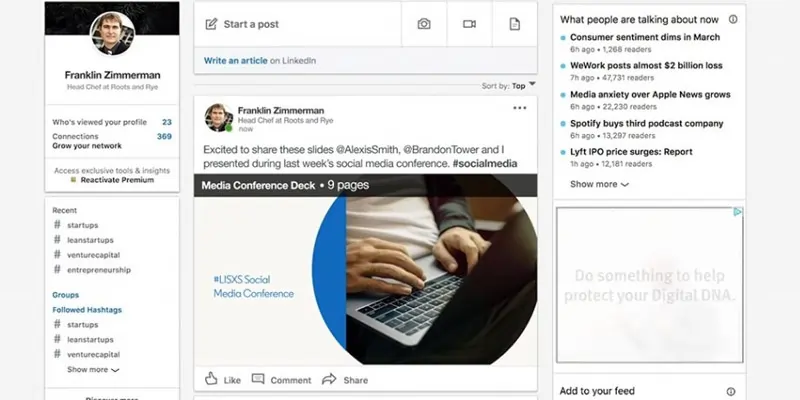
Are you a serious brand, quirky one, or a combination of both?
To set a brand image, identify a voice that explains or relates to your brand. Find your brand’s true voice in the choice of words you use, posts you publish, and hashtags you put. If you are a serious corporate-y brand, use professional words and content and if you are a next-door brand, you can use humorous satires and phrases in your content and the hashtags over social media.
See the popular brand Netflix for example, it makes use of humor, which helps the brand look more realistic to its audience.
The way you communicate also helps in setting a brand personality and identity for your audience. Don’t know how to find your voice? Here is how you can find:
Visual elements are great means to set your brand image in the manner you want. Everyone can relate to that popular belief that “images speak louder than words”.
Visual elements are the stepping stones for creating a brand image relatable to your audience’s needs. You can use differentiated images or visuals across different channels but make sure they are serving the consistent tone and manner your audience wants.

To become an authoritative brand in your niche, curate content for the posts. By curating & sharing relevant, useful, and helpful content, you can be an authoritative brand that people can trust. And this will also trigger your audience to like and share your content as you are not promoting yourself and when you are not 24 hours promoting yourself, the audience trusts you.
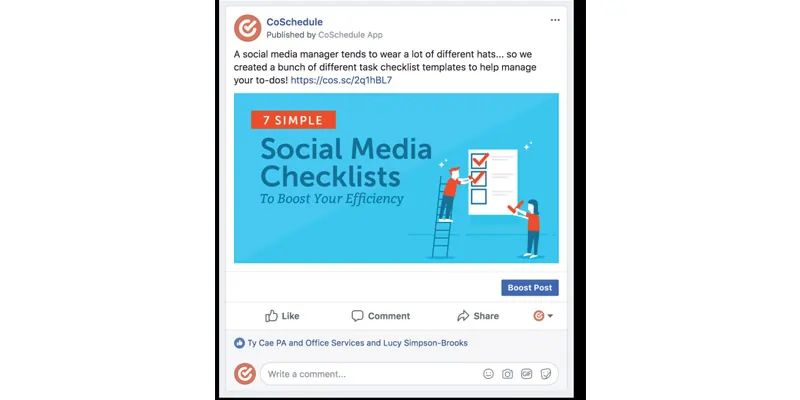
You can add a pinch of humor in your compositions, as 3 in 4 people don’t mind classic humor. Post visuals or multimedia items on social media as videos, gifs, infographics, blog/articles links and add two-three or more curated lines around them to sound more engaging.
Choose to talk around the topics that are relatable to your brand or are to your industry in some way or another. No matter if you are a fashion boutique that has insights to runway trends or food business with access to fresh farm produce--- use the knowledge of your expertise to draw the attention of the audience and make them depend on you for every specific and relevant information.
Also - 88% of people don’t like brands that are in constant brand wars and backlashes other brands. People love interacting with brands that are helpful towards everyone and know how to coexist with other brands.
In the era where everything is automated, you can’t replace a human-ly conversation with your prospects. Social media platforms are more than just about being online and posting stuff. It is also about understanding the needs of prospects and serving them by being part of the conversations as comments, DMs they share with a brand.
“30% of people hate it when a brand takes 30 minutes to respond, 42% of people expect to hear from a brand in an hour.”

Social media is also a customer support platform, where you have to find out ways to be a part of the conversation your followers are having. Create space for comments, reply to them, be a part of the thread of conversion. People like brands that are vocal and take pride in talking to them.
Just engage with your audience in whatever possible way you can. Show them you are concerned and are always there to meet their unique needs, whenever they need you. People don’t just follow your brand to see what you post, they follow to see how conscious you are towards their needs.
If your company is big and has a diverse range of products or services and operates in different cities or areas ---- it is best to have multiple media accounts.
This way you will increase your branding awareness and be able to serve specific information to specific audiences as per the place or product preference.
Many brands do that. Here are the few ways how you can go about it:

While promoting yourself over social media, don’t forget to promote these platforms you are on.
Doing all this will bring traction to your social media profiles and help to elevate your brand visibility.
These discussed social branding awareness strategies are all fun and games until you know that everything is measurable and going in the manner it should.
If you are deploying without taking a notice of your efforts, my friend, you are just paddling a boat with a hole in it.
The Social branding strategy(s) is more qualitative than quantitative, it is not just limited to posting content, it is also about measuring it because there is no surety that what worked for others will work for your brand too.
There is no rule of thumb in framing branding awareness strategies or campaigns over social media. When it comes to businesses, social branding is a constant effort that has to be carried forward with measuring results and approaches you applied. As a brand:
These were the few experts suggested tips or ways that your brand can acknowledge to create a powerful branding strategy(s) or branding awareness campaigns for different social media.
Any customer becomes a loyal one only after he knows that the business he is dealing with is authoritative and trust-worthy.
And businesses turn into trust-seeking brands when they know how to project themselves over different marketing touchpoints by keeping the interests and demands of their audience in mind.
Speaking of marketing touchpoints, when a brand building is an unwavering need, Social media platforms are the effective tools for brand building. When millions of customers are on social media platforms, businesses shouldn’t think of otherwise platforms to shape their brand identity.
However, while being in the process, businesses should be patient as it takes effort as well time (not decades, but yeah some time) to create a splendid brand image over social media. Even brands like Coca-Cola didn’t get success in a short span (FYI, the brand just sold 25 bottles in its first year). The brand deployed great dedication and powerful branding strategy or branding awareness campaigns multiple times and then was able to get the breakthrough as king of frizz drinks.
Leave a Reply